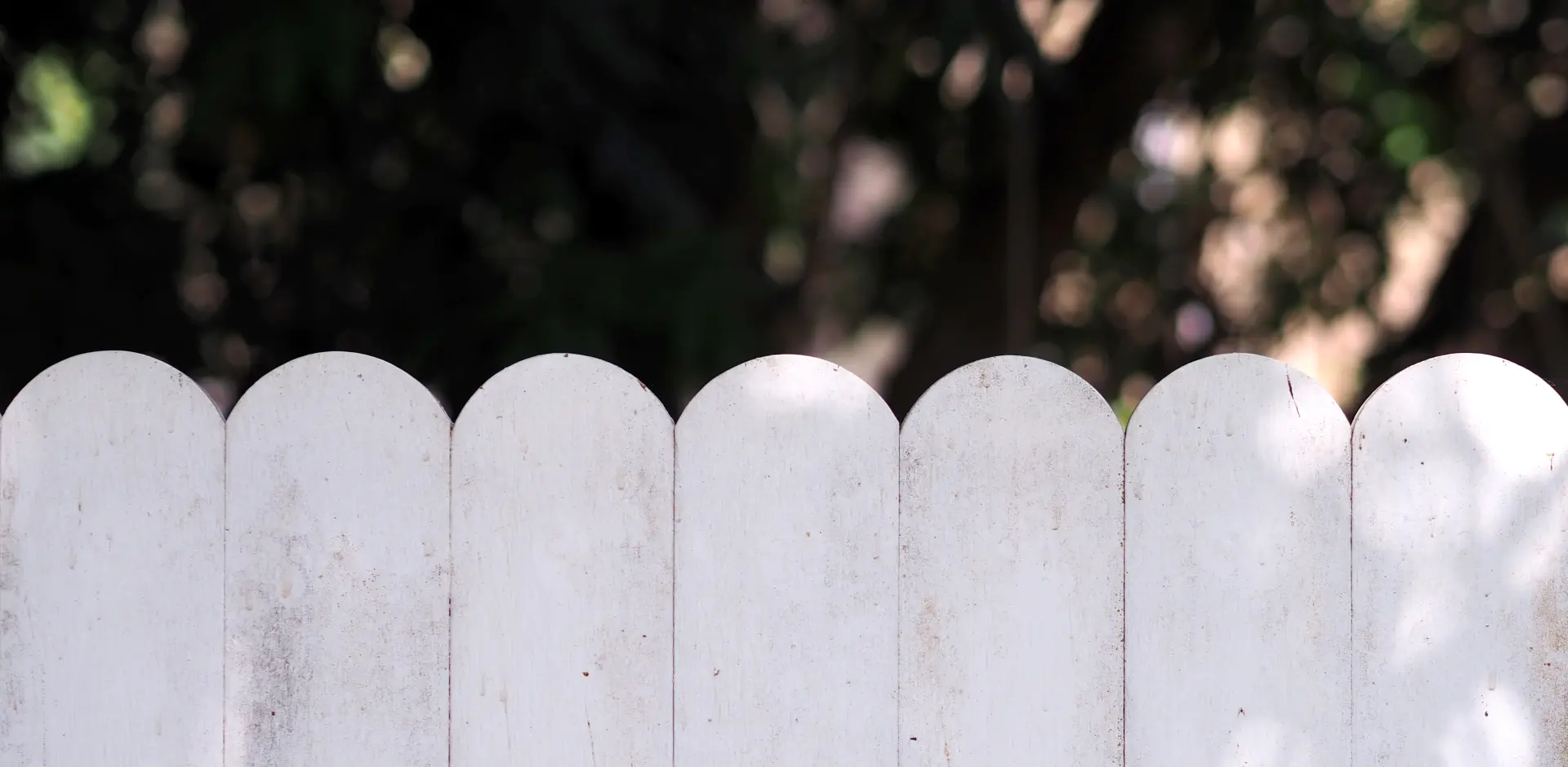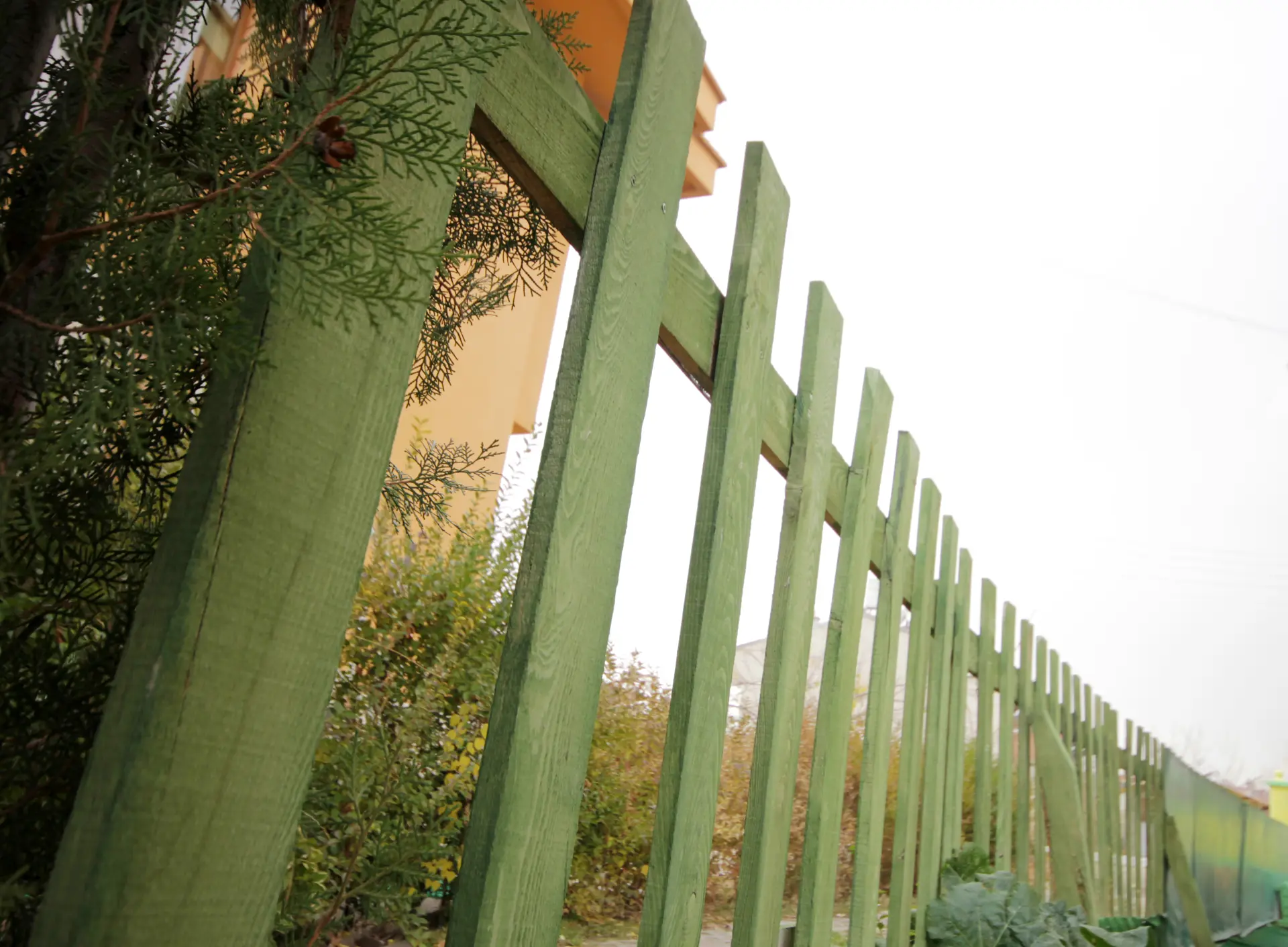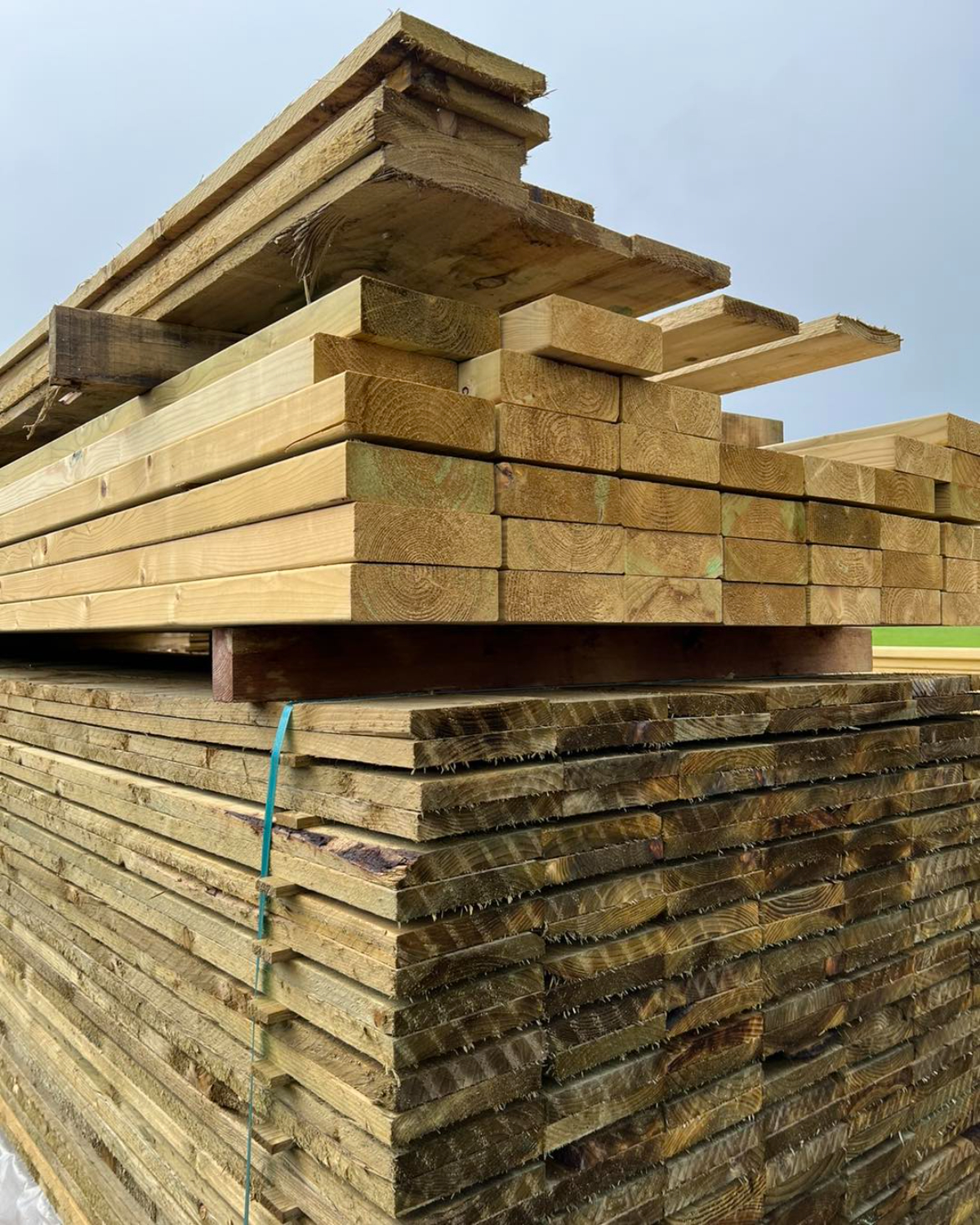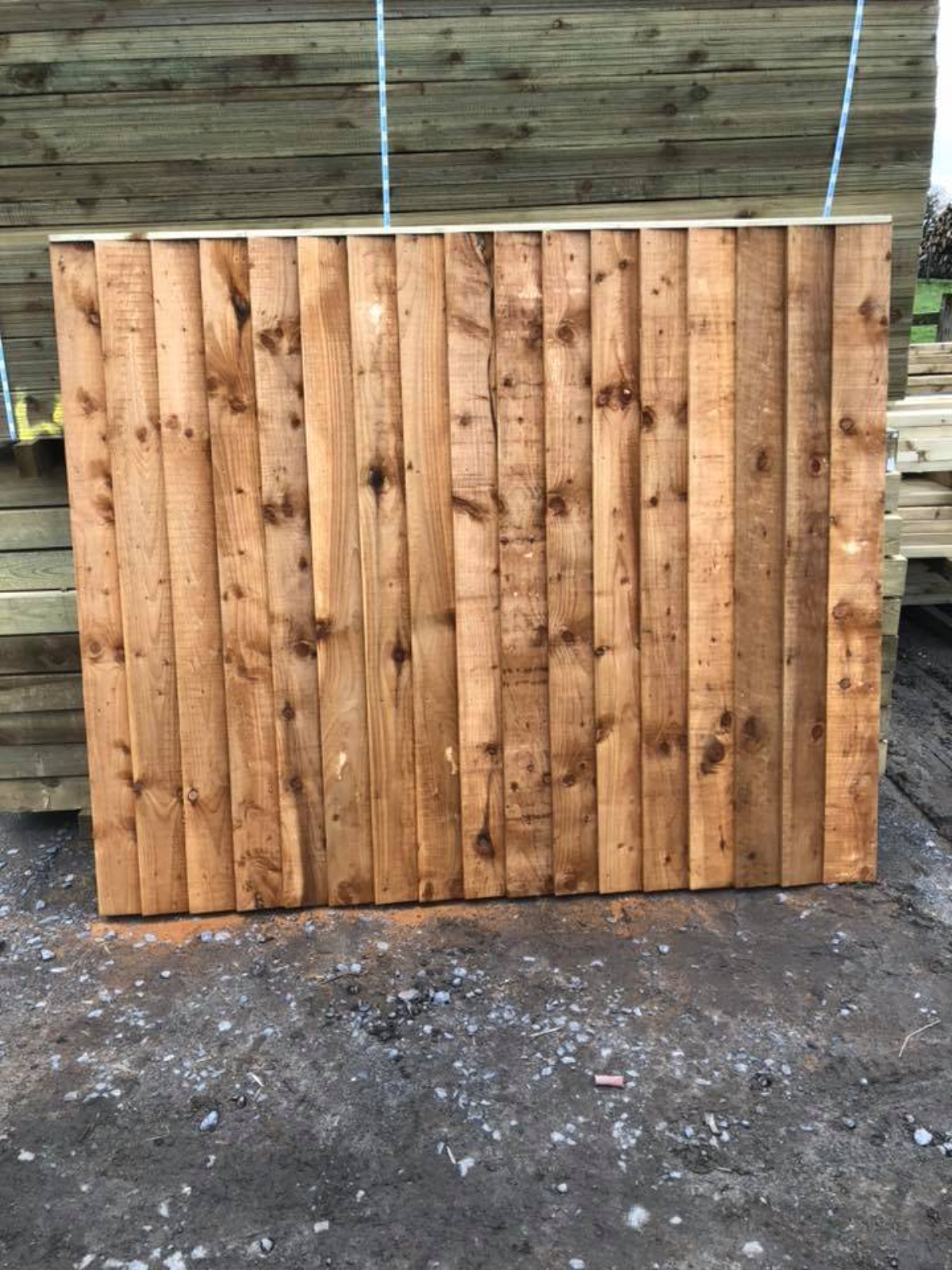Do I Need Planning Permission for a Fence? Find out when permission is required for fences and how to stay compliant with UK regulations. Get expert advice today.
Putting up a fence can seem simple, but you might need planning permission depending on where you live, how high the fence is, and what it borders. This article explains when permission is needed and when it is not, helping you stay on the right side of the law and avoid costly mistakes.
What Is Planning Permission?
Planning permission is approval from your local council before building or changing certain structures. It makes sure that new builds or alterations fit the rules for your area and do not cause problems for neighbours or public spaces.
Not every home project needs planning permission. For fences, there are some situations where you can go ahead without asking. But if you get it wrong, the council can ask you to take it down.
When You Usually Don’t Need Permission
In many cases, you do not need planning permission to put up a fence. If the fence is under 2 metres tall and not next to a road, you are normally allowed to build it without applying.
Most back garden fences fall under this rule. The same applies to replacing an old fence with one that is the same height and in the same place.
This is known as permitted development. It allows people to make small changes to their homes without going through a long application process.

When You Might Need Permission
You may need planning permission if the fence is over 2 metres high, or over 1 metre high and next to a road or footpath. This is because taller fences can block views, and light, or affect the safety of road users.
If your property is in a conservation area or your building is listed, rules are stricter. You might also need permission if your title deeds or local rules place limits on fencing changes.
Always check with your local council if you're unsure. It is better to ask first than risk having to take the fence down later.

Fence Height Rules in the UK
In the UK, fence height is one of the most important planning issues. You can normally build up to 2 metres tall, but anything over that will likely need permission.
Next to roads or footpaths, the limit drops to 1 metre. These rules help keep areas looking neat and make sure views are not blocked for drivers or pedestrians. Even if your fence is within height limits, it should still be safe, stable, and not cause problems for others.
What Happens If You Don’t Get Permission
If you build a fence without planning permission when it was needed, the council can issue an enforcement notice. This means you may be told to take the fence down or change it to meet the rules.
Failing to follow the notice can lead to legal action. You might also have problems if you want to sell the property later, as the fence could cause issues during a survey or check or lead to delays in the sale process.
It is always best to check before you build, even if the rules seem clear. One quick phone call to your local planning office can save a lot of trouble later on and give you peace of mind that your fence is allowed.
Looking for reliable fencing installation in Darwen, Blackburn, Bolton or Preston? Our expert team offers professional fence installation using high-quality materials. Whether it's a garden boundary or a large perimeter, we deliver secure, stylish fencing built to last. Contact us today for a free quote.




